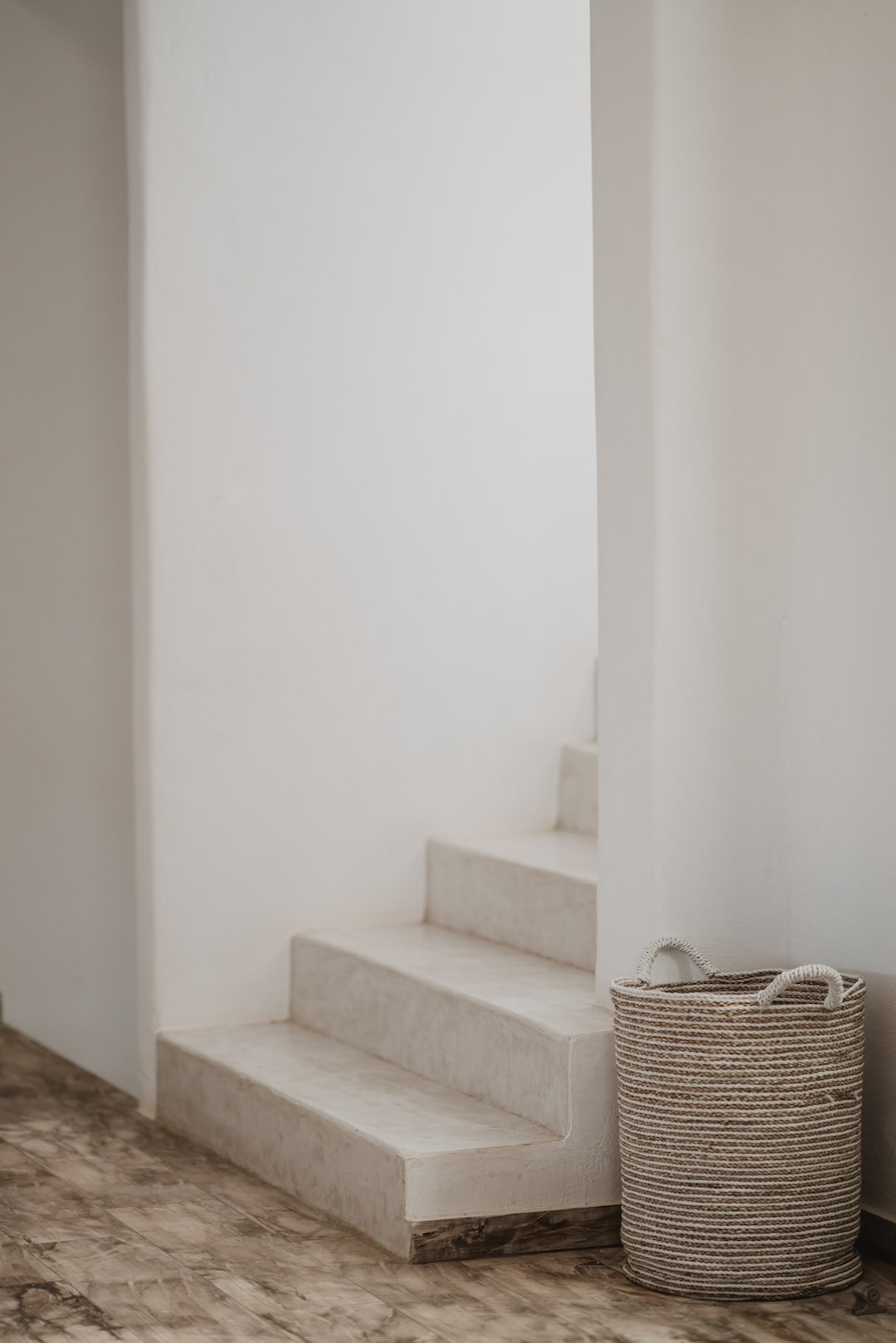Mastering the Art of Wallpaper: Tips and Techniques
Wallpaper has made a strong comeback in recent years, becoming a popular choice for homeowners and interior designers looking to add character and style to a space. With its vast array of colors, patterns, and textures, wallpaper has the power to completely transform a room and create a unique atmosphere. However, many people are intimidated by the idea of hanging wallpaper and fear making costly mistakes. In this blog post, we will provide you with some valuable tips and techniques for mastering the art of wallpaper.
1. Choose the Right Wallpaper:
Before embarking on your wallpapering journey, take the time to select the perfect wallpaper for your space. Consider the style, color scheme, and mood you want to achieve. Whether you opt for a bold and vibrant pattern or a subtle textured design, make sure it complements the overall aesthetics of the room. Also, don’t forget to check the wallpaper’s durability and maintenance requirements, as you want it to stand the test of time.
2. Prep the Walls:
Proper surface preparation is crucial for a successful wallpaper installation. Start by removing any existing wallpaper or loose paint, and ensure that the walls are smooth and clean. Fill in any cracks or holes with a spackling compound and sand down any rough areas. Additionally, apply a primer to create a smooth and even surface that allows the wallpaper to adhere properly.
3. Measure Carefully:
To avoid wasting time and money, measure your walls accurately. Take into account windows, doors, and any pattern repeats in the wallpaper. It’s always safer to order an extra roll or two to account for mistakes and to have some on hand for future repairs.
4. Gather the Right Tools:
Having the proper tools will make the wallpaper hanging process much more efficient and rewarding. Some essential tools you’ll need include a wallpaper smoother, a razor knife, a wallpaper brush or roller, a tape measure, a pencil, a level, and a paste brush. Investing in quality tools will ensure a professional-looking finish.
5. Follow the Manufacturer’s Instructions:
Each wallpaper brand and type may have specific instructions for hanging, so it’s important to carefully read and follow them. Pay attention to the recommended adhesive and drying time. If you are unsure about any steps, consult the manufacturer’s website or speak with a specialist.
6. Start with a Straight Line:
Nothing looks worse than crooked wallpaper. To avoid this, it’s important to establish a straight reference line before you begin hanging the wallpaper. Use a level and a pencil to draw a vertical straight line at a fixed distance from one of the walls. This line will serve as your guide throughout the process and ensure that the wallpaper remains aligned.
7. Take Your Time:
Hanging wallpaper requires patience and attention to detail. Take your time to align the pattern correctly, smooth out any air bubbles or wrinkles, and trim the excess wallpaper neatly. Rushing through the process can lead to unsightly flaws that will be hard to fix later on.
8. Avoid Overlapping Seams:
One of the most common wallpaper mistakes is overlapping seams, which results in a visible and unprofessional finish. Instead, use a straight edge and a razor knife to precisely cut the wallpaper along the seam line. This will create a tight and seamless finish.
9. Practice Good Maintenance:
Once your wallpaper is up, it’s important to care for it properly to maintain its beauty and longevity. Avoid excessive moisture, as it can cause the wallpaper to peel or fade. Regularly dust the wallpaper with a soft brush or a vacuum cleaner attachment to prevent dust buildup. In case of any stains, gently blot them with a damp sponge and mild detergent.
Mastering the art of wallpaper is no longer a daunting task with these tips and techniques at your disposal. By choosing the right wallpaper, prepping the walls correctly, measuring precisely, and following the manufacturer’s instructions, you can successfully transform any room into a beautiful and unique space. Remember, patience and attention to detail are key, so take your time and enjoy the process.

